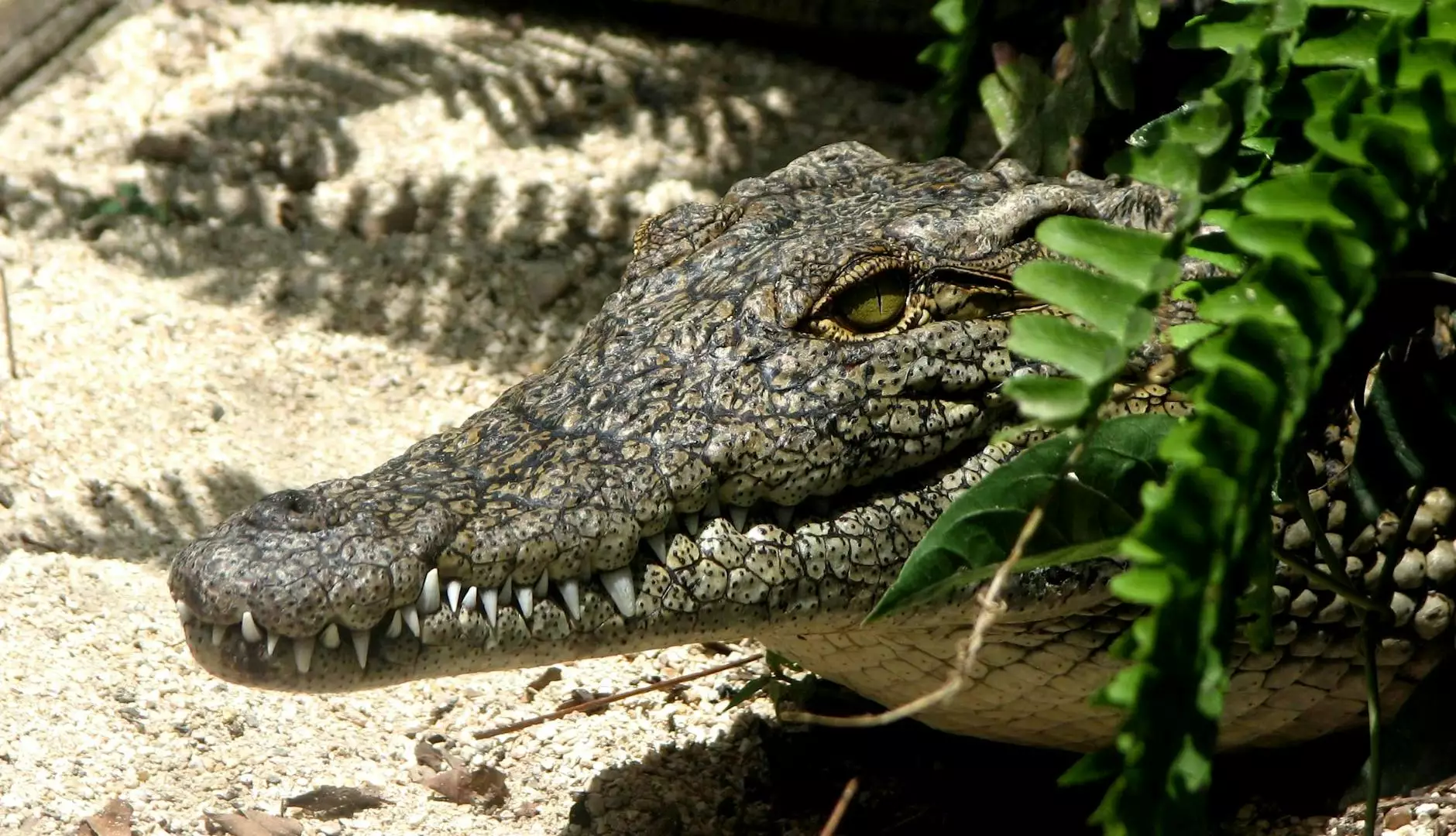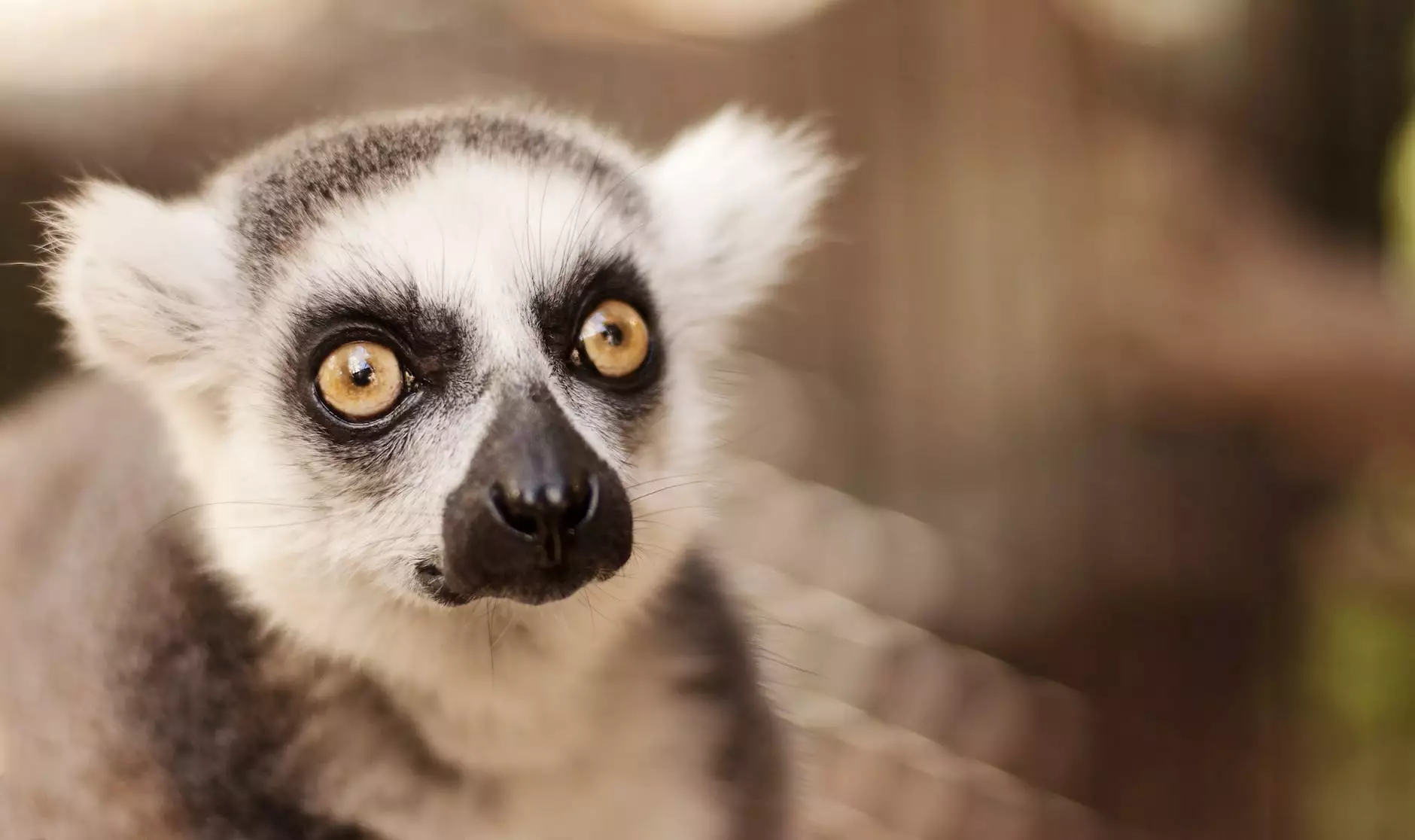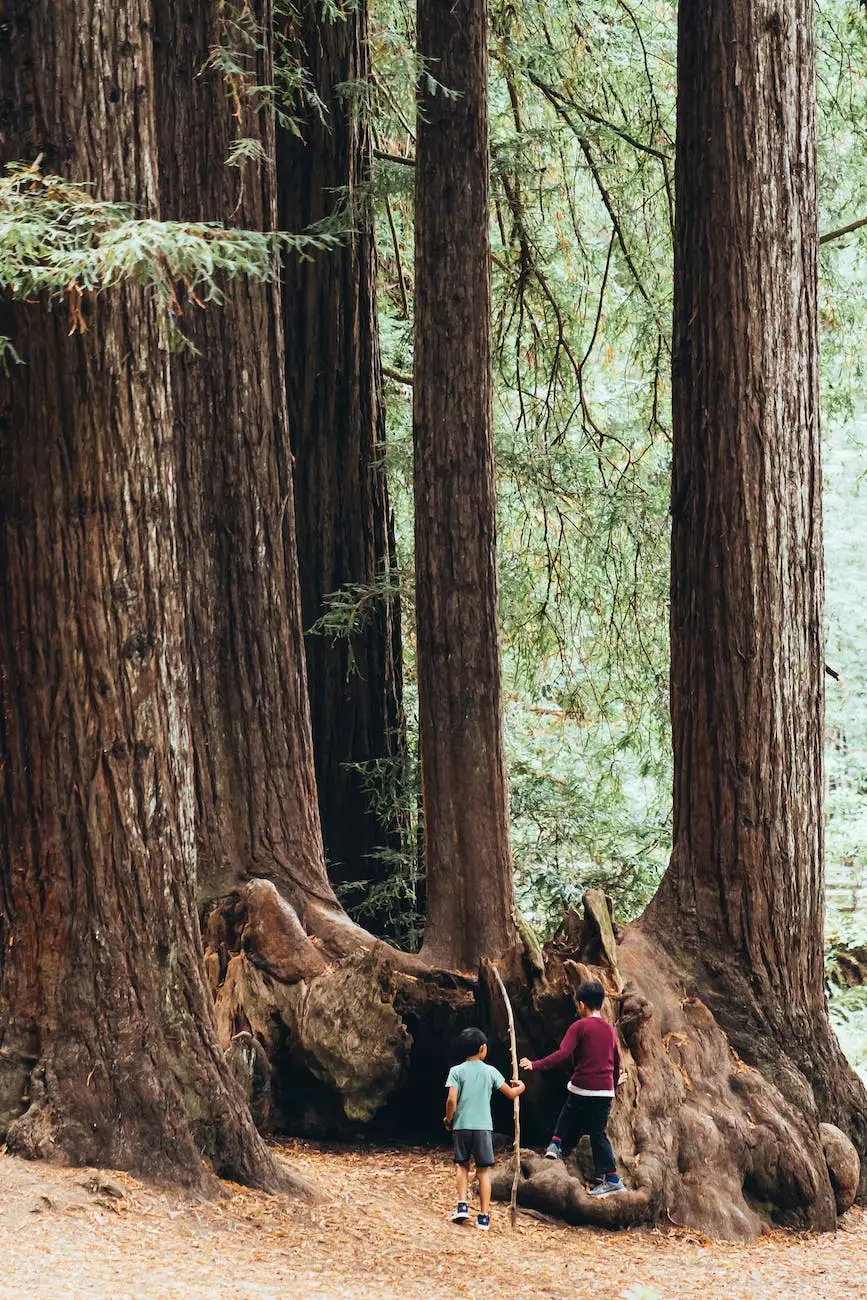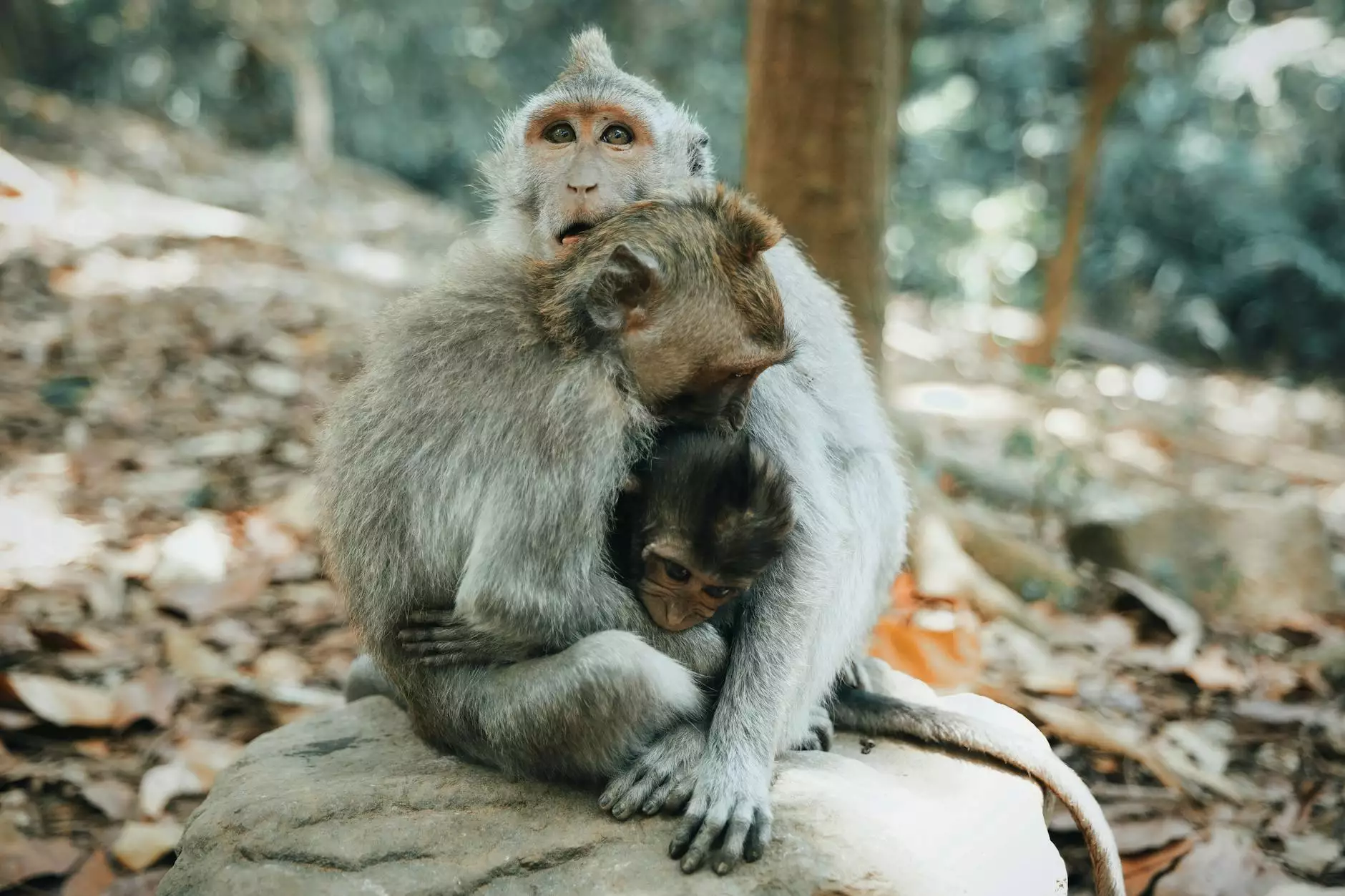Never Smile at a Crocodile...or is it an Alligator?

Introduction
Welcome to Aventuras Naturales, your go-to source for thrilling travel and tourism experiences. In this article, we will explore the fascinating world of crocodiles and alligators, providing you with an in-depth understanding of these magnificent creatures and some safety tips to keep in mind while encountering them in their natural habitats.
What's the Difference?
Many people often confuse crocodiles and alligators, using the terms interchangeably. However, there are distinct differences between the two. Let's dive into the characteristics that set them apart:
Physical Appearance
Crocodiles and alligators have some noticeable physical differences. Crocodiles have a longer, V-shaped snout, while alligators have a broader, U-shaped snout. Additionally, crocodile's fourth tooth on each side of their lower jaw remains visible even when their mouth is closed, while alligators have a hidden fourth tooth.
Habitat
Crocodiles are found in both freshwater and saltwater habitats, including rivers, lakes, and estuaries. They are adaptable to different environments and can tolerate higher salinity levels. On the other hand, alligators mainly inhabit freshwater environments such as swamps, marshes, and slow-moving rivers. They prefer areas with abundant vegetation cover.
Behavior
When it comes to behavior, crocodiles are generally more aggressive and territorial compared to alligators. They are known to be opportunistic hunters, preying on a variety of animals including fish, mammals, and birds. On the contrary, alligators are more patient hunters, often waiting for their prey to come close before striking.
Safety Tips
Encountering crocodiles or alligators can be an exciting but potentially risky experience. Here are some safety tips to keep in mind:
1. Observe from a Distance
Always maintain a safe distance when observing these creatures in the wild. Avoid approaching them or getting too close, as they may perceive it as a threat and act defensively.
2. Respect their Territories
Remember that crocodiles and alligators are territorial creatures. Avoid entering their nesting or basking areas, as this can lead to aggressive behavior.
3. Do Not Feed
Feeding crocodiles or alligators is extremely dangerous and illegal in many places. It disrupts their natural feeding habits and encourages them to associate humans with food, increasing the risk of attacks.
4. Don't Swim in Unknown Waters
When visiting crocodile or alligator habitats, be cautious while swimming. Only swim in designated areas where the waters are known to be safe. Avoid swimming in unknown or unmonitored waters.
5. Seek Professional Guidance
If you are interested in observing these reptiles up close, it's best to book a guided tour with experienced professionals. They can provide valuable insights, ensure your safety, and make your encounter truly memorable.
Conclusion
We hope this article has shed light on the differences between crocodiles and alligators, and provided you with essential safety tips for encountering these fascinating creatures. Remember to always respect their natural habitats and exercise caution when in their presence. Aventuras Naturales is committed to offering exceptional travel and tourism experiences while prioritizing the well-being of both travelers and wildlife. Stay tuned for more exciting adventures!



